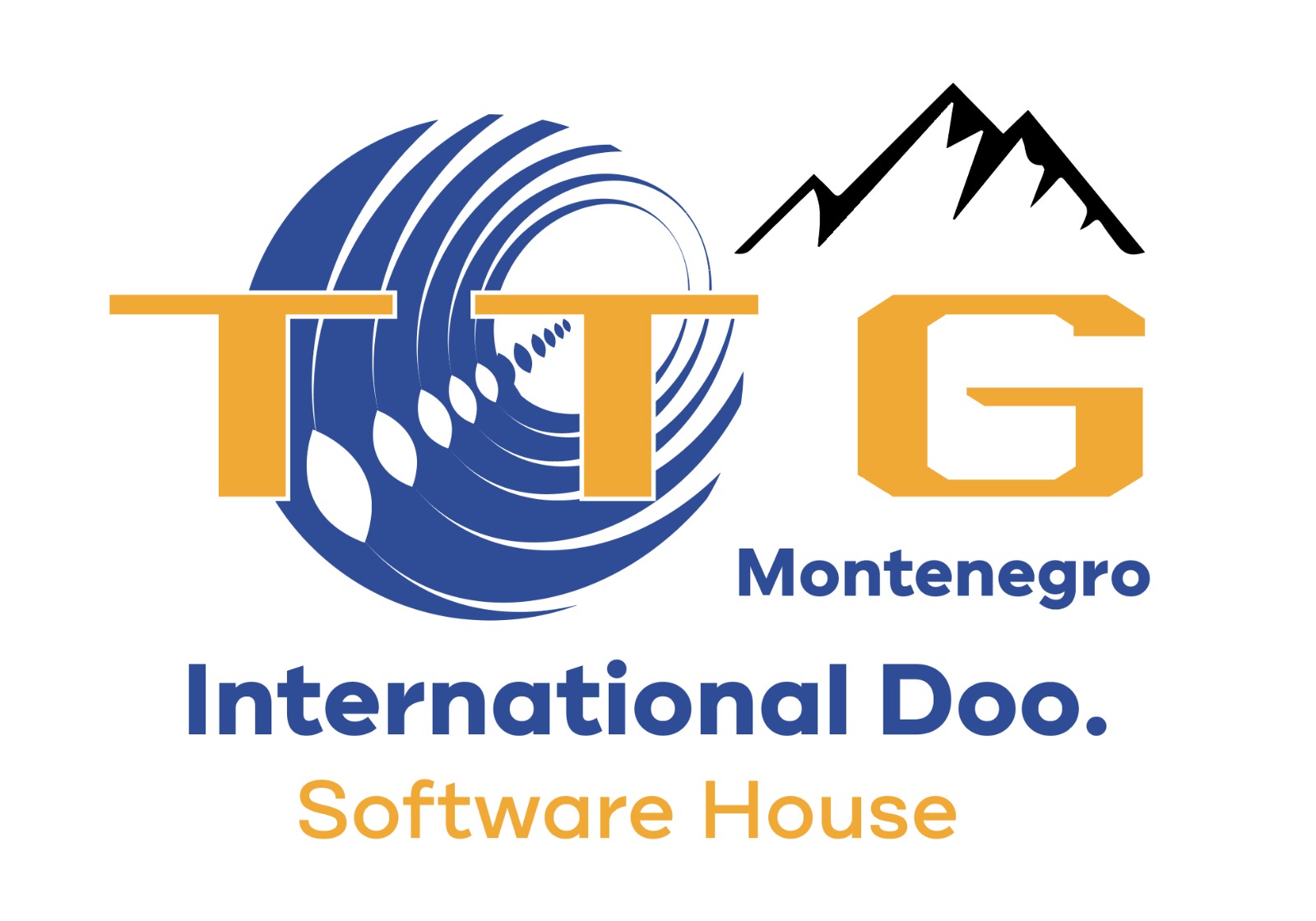In the digital age, bandwidth is the lifeblood of network communication. Whether you’re streaming your favorite show, attending a video conference, or managing a data-intensive project, understanding, calculating, and optimizing your bandwidth is crucial. Let’s dive into the nuances of bandwidth calculation and explore strategies for optimization and monitoring to ensure a smooth digital experience.
Understanding Bandwidth
Before we delve into calculations, it’s essential to grasp what bandwidth is. Bandwidth refers to the maximum rate at which data can be transferred over a network connection in a given amount of time. It’s usually measured in bits per second (bps) or its higher multiples like kilobits (Kbps), megabits (Mbps), or gigabits (Gbps). Remember, bandwidth is about capacity, not speed. It’s the volume of information that can be sent over your connection, not how fast it travels.
Calculating Bandwidth
Calculating bandwidth needs is pivotal for both personal and business purposes. Here’s a simplified approach:
- Identify Your Needs: List all the activities that require internet usage (e.g., streaming, downloading, video conferencing).
Understand Usage Patterns: Different activities consume different amounts of bandwidth. For instance, streaming a movie in HD may require about 5 Mbps, while a video call might need 1-2 Mbps.
Calculate Aggregate Demand: Add up the bandwidth requirements of all concurrent activities to get a total bandwidth demand.
Consider Peak Usage: Always factor in peak usage times and ensure some extra bandwidth to avoid congestion.
Optimizing Bandwidth
Optimizing bandwidth ensures that you’re getting the most out of your network connection. Here are some strategies:
- Upgrade Your Plan: If your current bandwidth consistently falls short, consider upgrading your internet plan.
Use Quality of Service (QoS) Tools: QoS tools in routers can prioritize traffic, ensuring high-priority tasks (like video calls) get the bandwidth they need.
Limit Bandwidth Hogs: Identify and manage devices or applications that use excessive bandwidth. This might involve setting bandwidth limits or scheduling heavy downloads for off-peak hours.
Secure Your Network: Unauthorized access can consume your bandwidth. Ensure your network is secure with strong passwords and up-to-date security protocols.
Monitoring Bandwidth
Regular monitoring can help you understand your bandwidth usage patterns and pinpoint issues before they escalate. Here’s how to do it:
- Use Built-in Router Tools: Many modern routers come with tools that allow you to monitor traffic and bandwidth usage.
Employ Third-Party Software: Tools like Wireshark or GEMS offer detailed insights into bandwidth usage and network traffic.
Check ISP Tools: Some Internet Service Providers (ISPs) offer their own bandwidth monitoring tools. These can be particularly useful for understanding how close you are to any data caps.
Conclusion
In our interconnected world, efficient bandwidth management is not just a luxury; it’s a necessity. By understanding how to calculate, optimize, and monitor your bandwidth, you can ensure a seamless digital experience, whether you’re streaming, gaming, or managing an enterprise network. Remember, the key to effective bandwidth management is continuous monitoring and adaptation to the evolving digital needs. Happy surfing!



